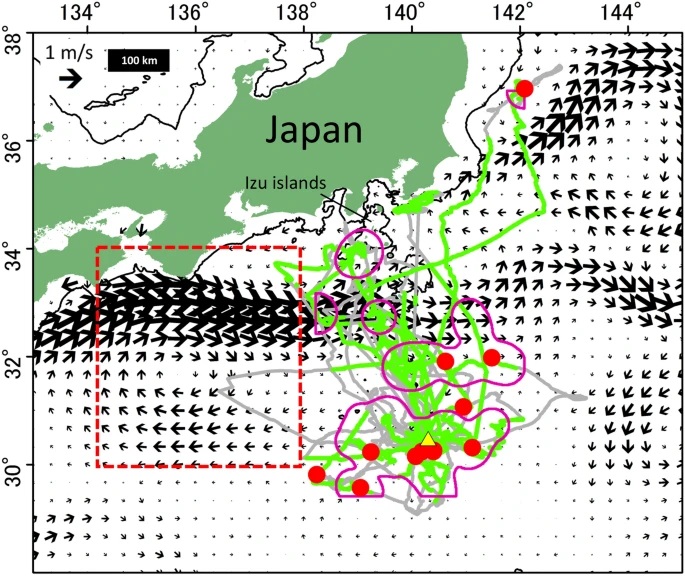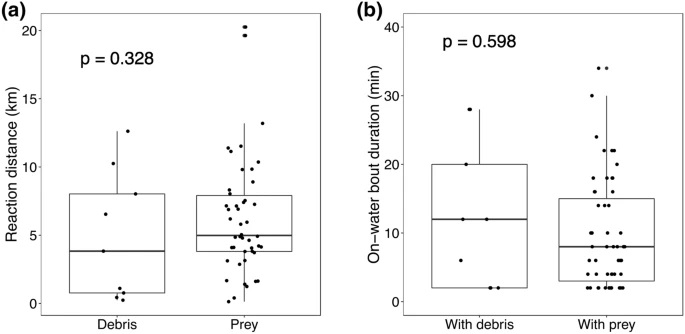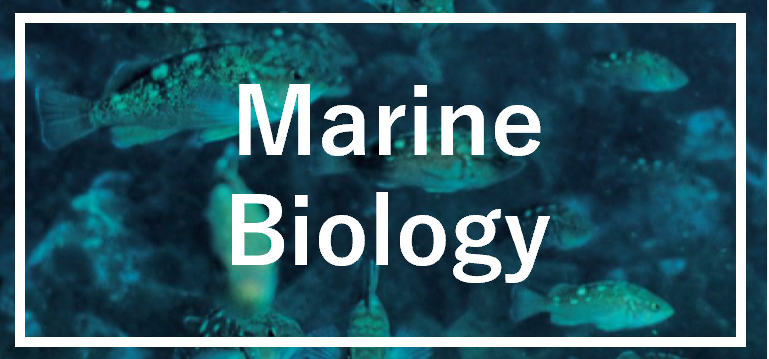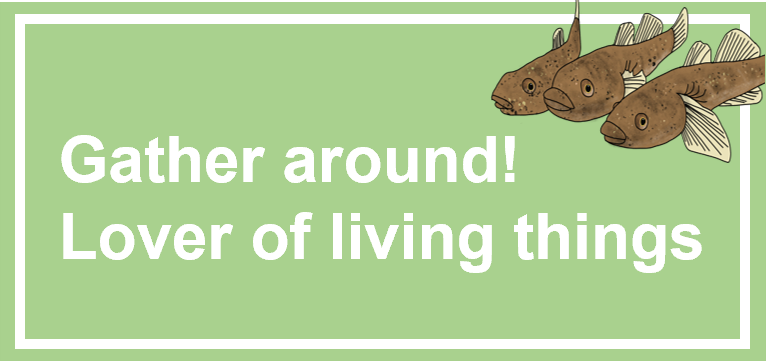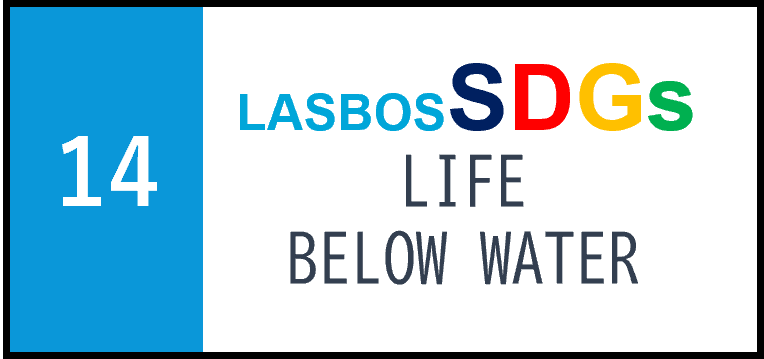Journal: Scientific Reports
This article is published under a CC BY license (Creative Commons Attribution 4.0 International License).
Title: Mapping marine debris encountered by albatrosses tracked over oceanic waters
Authors:
Bungo Nishizawa (National Institute of Polar Research)
Jean-Baptiste Thiebot (National Institute of Polar Research)
Fumio Sato (Yamashina Institute for Ornithology)
Naoki Tomita (Yamashina Institute for Ornithology)
Ken Yoda (Graduate School of Environmental Studies, Nagoya University)
Rei Yamashita (Atmosphere and Ocean Research Institute, The University of Tokyo)
Hideshige Takada (Laboratory of Organic Geochemistry, Tokyo University of Agriculture and Technology)
Yutaka Watanuki (Graduate School of Fisheries Sciences, Hokkaido University)
URL: https://www.nature.com/articles/s41598-021-90417-x
DOI: 10.1038/s41598-021-90417-x
Published: 25 May 2021
This study was supported by JSPS KAKENHI Grant Numbers A16H0176816 (H.T.) and 19J01267 (B.N.).




